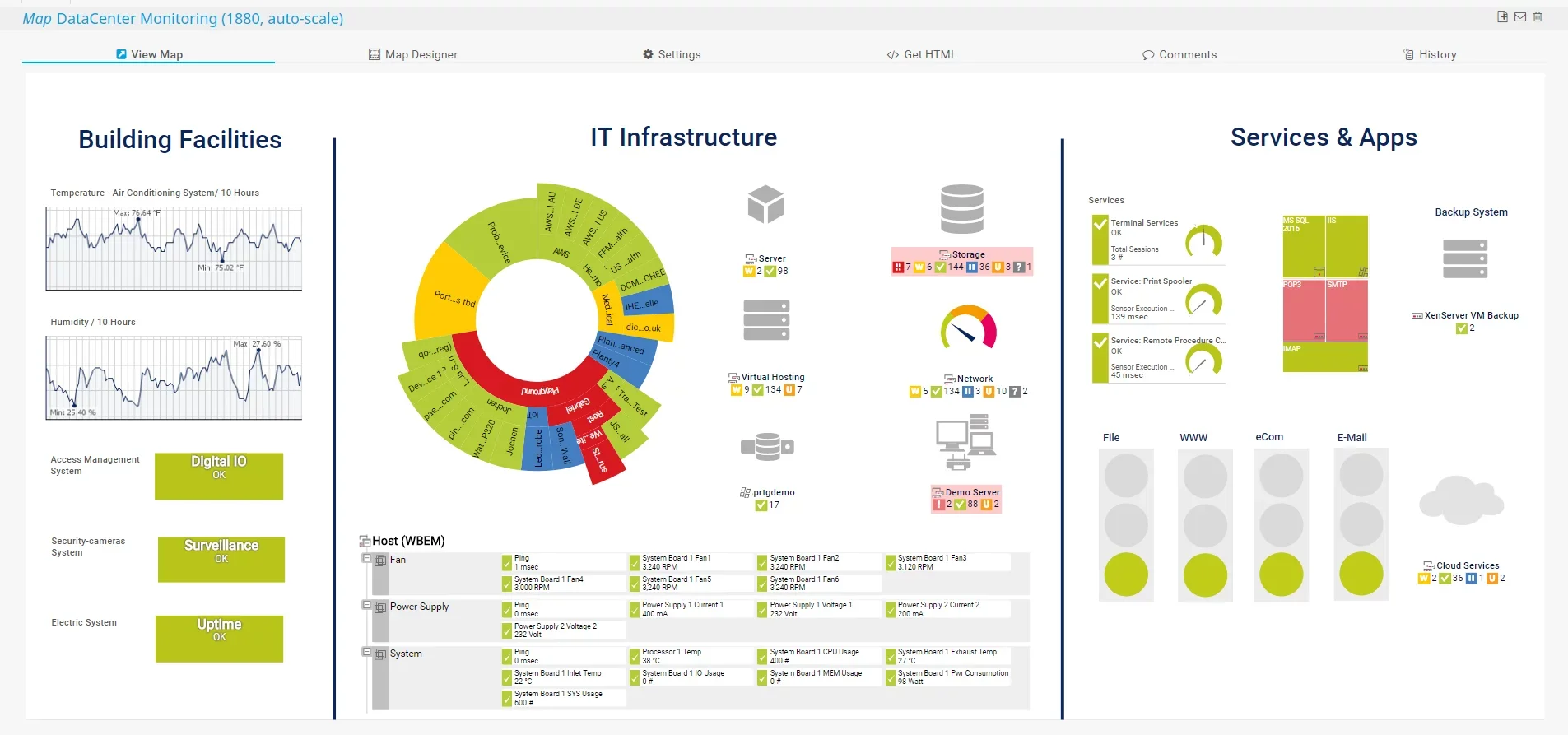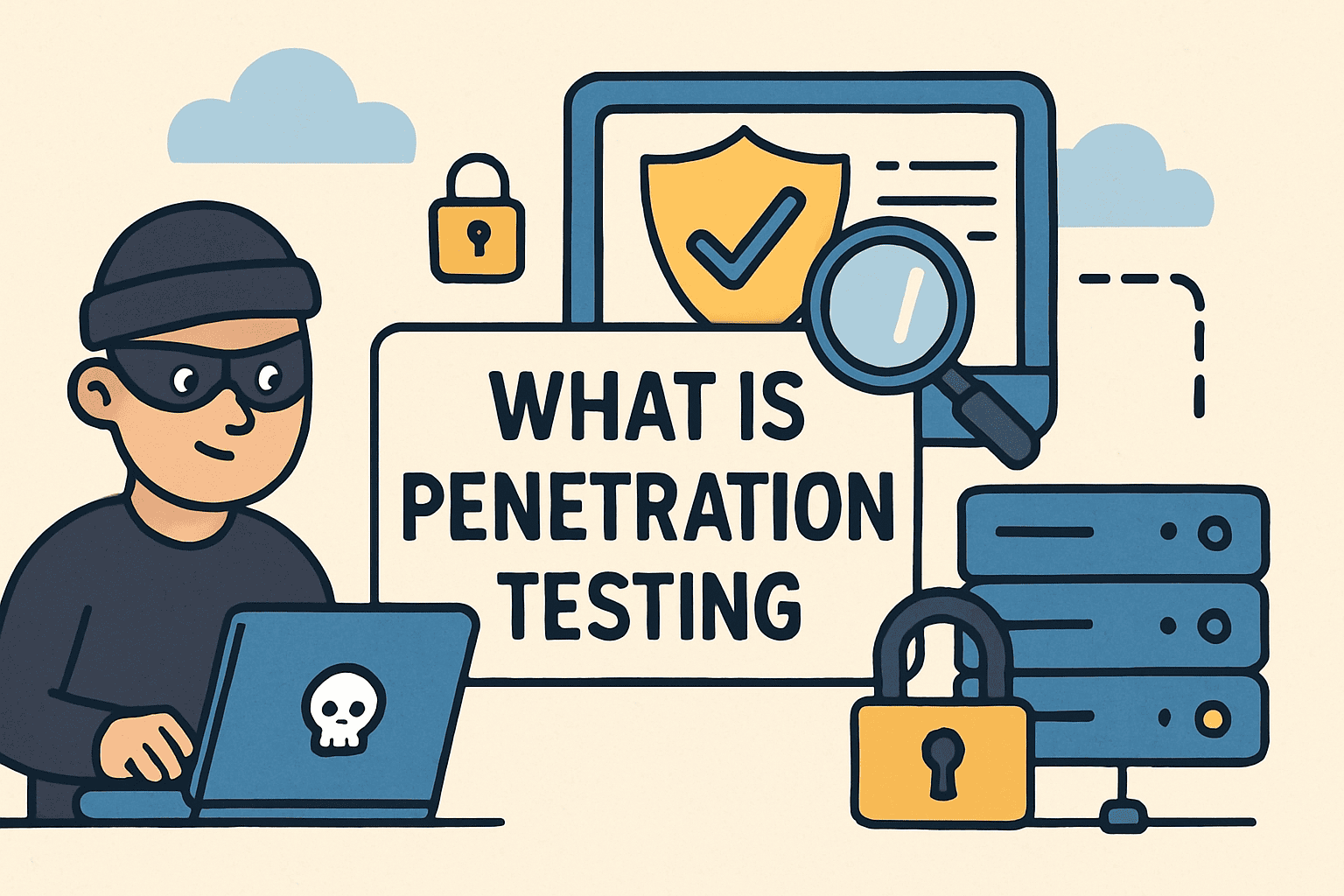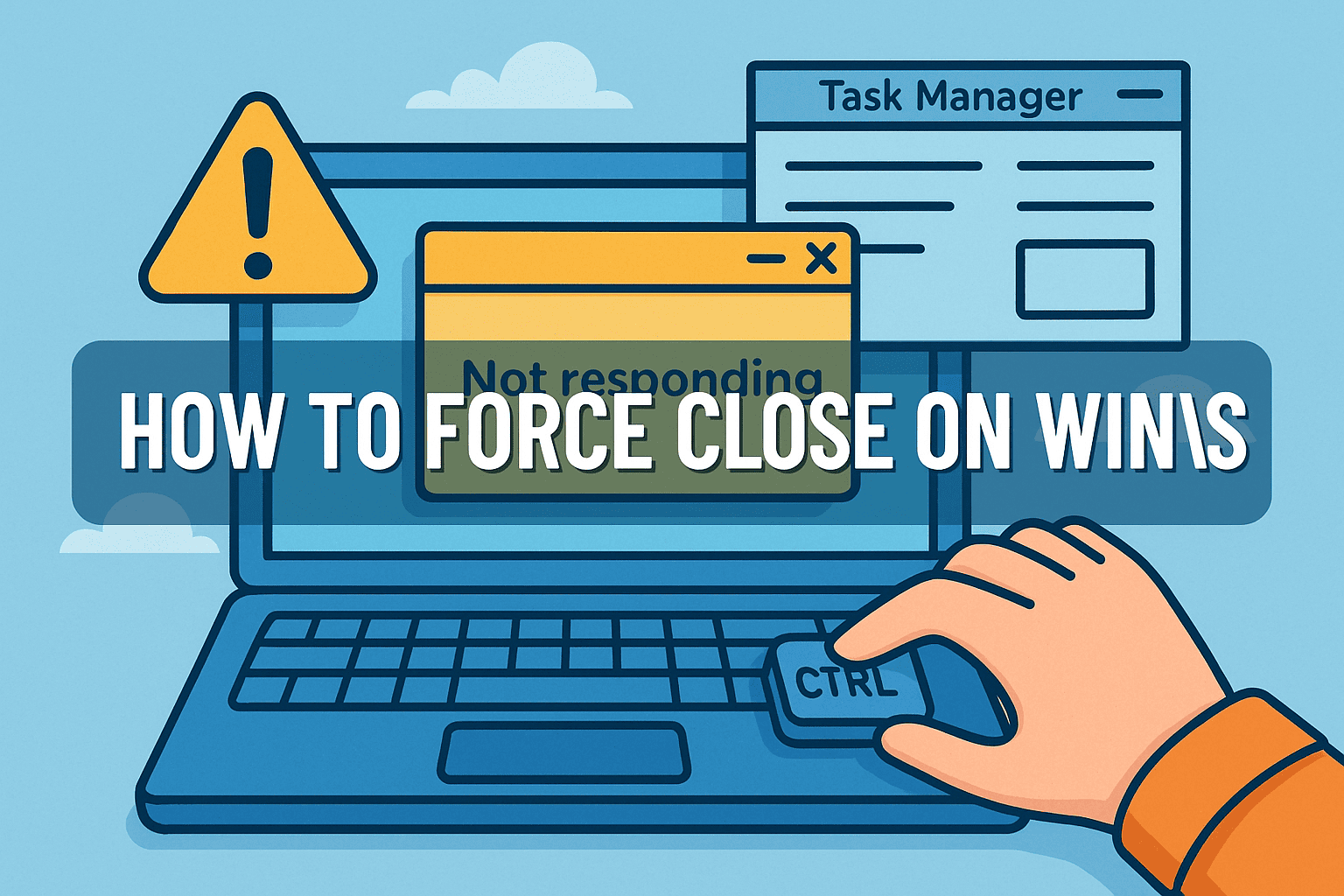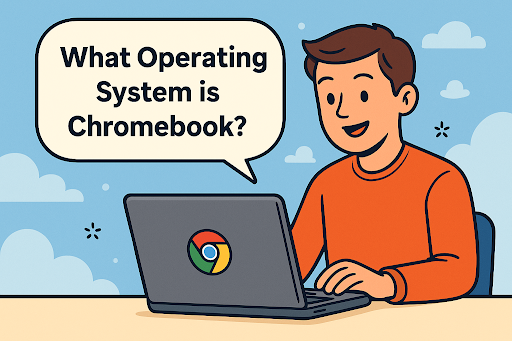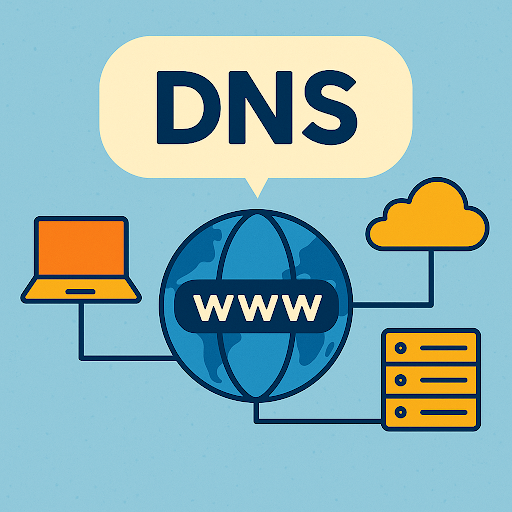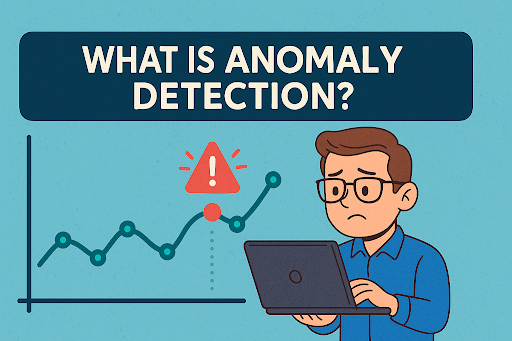The Evolution of Cybersecurity: Staying Ahead of Emerging Threats
Updated on November 15, 2023, by ITarian
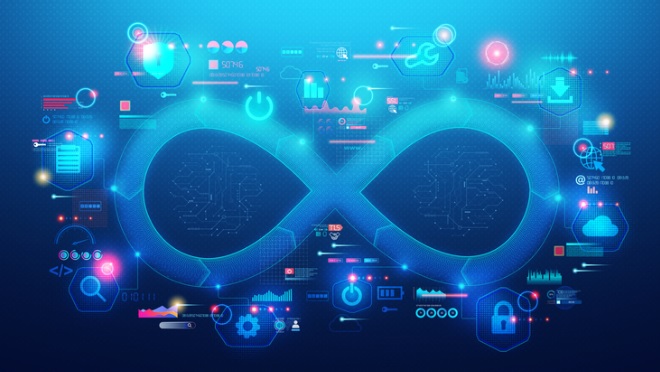
Published November 17th, 2023 by Editorial Staff
The digital era has brought unprecedented technological advancements, reshaping how we communicate, conduct business, and navigate our daily lives. With these advancements, however, has emerged a host of sophisticated cybersecurity threats that constantly evolve, pushing the boundaries of traditional security measures. Cybersecurity is no longer a mere footnote in IT strategy; it is a cornerstone of the operational integrity of individuals and organizations alike. ITarian remains at the forefront of this evolution, committed to delivering cutting-edge solutions that address the sophisticated threats of today and tomorrow.
The Dawn of Cybersecurity
Cybersecurity began in the 1970s with the advent of the internet, when the need to protect data transmitted across networks became apparent. This era saw the creation of simple yet fundamental security measures like passwords and basic encryption protocols. As the internet grew, so did the complexity and frequency of attacks, with viruses and worms becoming more common.
The 1990s to Early 2000s: The Rise of Antivirus and Firewalls
During the 1990s and early 2000s, the cybersecurity industry saw the rise of antivirus software and firewalls as primary defense mechanisms against threats. Cybersecurity efforts were reactive, focusing on addressing threats as they were detected. This period was marked by the infamous ILOVEYOU virus and the Code Red worm, highlighting the need for more proactive and sophisticated security measures.
Mid-2000s: The Advent of Advanced Persistent Threats
The mid-2000s introduced Advanced Persistent Threats (APTs), which were complex, sophisticated, and targeted attacks that could linger undetected in systems for long periods. The sophistication of these attacks required a shift in cybersecurity strategies, prompting the development of intrusion detection systems (IDS) and intrusion prevention systems (IPS), along with more advanced encryption methods.
The 2010s: The Age of Big Data and the Cloud
The 2010s witnessed the explosion of big data and the widespread adoption of cloud computing. The decentralization of data storage and the sheer volume of processed data presented new vulnerabilities. Cybersecurity measures had to evolve to secure cloud environments and protect against data breaches and leaks. This era brought forth the development of advanced endpoint protection and security information and event management (SIEM) systems.
The Current Landscape: AI, IoT, and the Complexity of Cyber Attacks
Today, the integration of Artificial Intelligence (AI) and the Internet of Things (IoT) has introduced both novel solutions and challenges in cybersecurity. AI algorithms are being deployed to predict and counteract cyber-attacks before they can cause harm. Still, at the same time, attackers use AI to develop more complex malware and attack strategies. IoT devices often lack robust security, creating numerous points of vulnerability within networks.
Emerging Threats in Cybersecurity
- Ransomware: Ransomware has become more targeted, with attacks focusing on high-value data and organizations where downtime is critical.
- Phishing Attacks: Phishing attacks have grown more sophisticated, leveraging social engineering to bypass traditional security measures.
- State-Sponsored Attacks: Nations are now engaging in cyber espionage and sabotage, necessitating a higher level of security for critical infrastructure.
- Supply Chain Attacks: Attackers exploit vulnerabilities in the supply chain to compromise widely used software and hardware.
- Deepfakes and Disinformation: The rise of deepfakes and AI-generated content has opened new avenues for spreading disinformation and impersonation in cyber attacks.
Staying Ahead of Emerging Threats
- Adaptive Security Architecture: Organizations must adopt an adaptive security architecture that evolves with the threat landscape, integrating predictive analytics and machine learning.
- Zero Trust Model: The principle of “never trust, always verify” has become paramount with strict access controls and continuous verification within IT environments.
- Enhanced Endpoint Security: As the number of endpoints increases with remote work and IoT devices, comprehensive endpoint security is critical.
- Cybersecurity Hygiene: Regular updates, strong password policies, and ongoing employee training are fundamental to a robust cybersecurity strategy.
- Incident Response Planning: An effective incident response plan ensures organizations can quickly recover from a breach, mitigating potential damage.
ITarian’s Role in Cybersecurity Evolution
ITarian has been instrumental in this evolving landscape, offering cutting-edge tools and services that empower businesses to avoid cyber threats. Our commitment to innovation means integrating the latest advancements in AI and machine learning to predict and prevent cyber attacks.
We provide a suite of services, including:
- Proactive Threat Hunting: Our solutions go beyond traditional defenses to actively search for potential threats before they strike.
- Comprehensive Risk Assessment: We offer thorough risk assessments to identify system vulnerabilities and recommend tailored security strategies.
- End-to-End Security Solutions: From securing endpoints to protecting your cloud infrastructure, ITarian delivers a complete cybersecurity package.
- Continuous Monitoring and Response: Our 24/7 monitoring services ensure that threats are identified and addressed immediately, minimizing impact.
Cybersecurity Training and Support: We equip organizations with the knowledge and support needed to maintain a secure environment through comprehensive training programs.
Conclusion
The evolution of cybersecurity is an ongoing journey marked by the continuous development of technologies and the emergence of ever-more sophisticated threats. In this digital age, staying ahead requires vigilance, adaptability, and a proactive approach to security. ITarian stands as a vanguard in this fight, offering the tools and expertise needed to protect your digital frontiers against the threats of today and tomorrow. By anticipating changes, adapting to new challenges, and applying comprehensive security measures, we can collaborate to forge a safer future for everyone in the cyber world.



